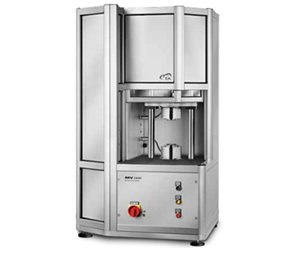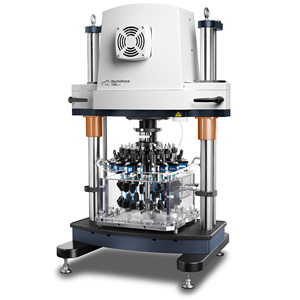Nano DSC
The Nano DSC differential scanning calorimeter is designed to characterize the molecular stability of dilute in-solution biomolecules. The Nano DSC obtains data using less sample than competitive designs. Solid-state thermoelectric elements are used to precisely control temperature and a built-in precision linear actuator maintains constant or controlled variable pressure in the cell. Automated, unattended continuous operation with increased sample throughput is achieved with the optional Nano DSC Autosampler.
Details








